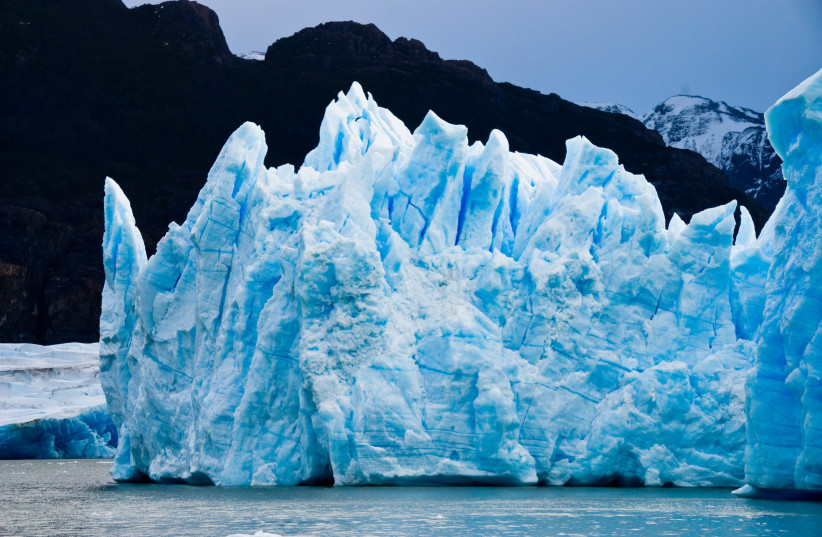Warm ice age forever changed earth’s climate cycles – study
Approximately 670,000 to 800,000 years ago, the Earth slipped into an entirely new glacial cycle, a change that a new study posits was the consequence of warming.
The study was published in May in the prominent peer-reviewed scientific journal, Nature.
The ice age warming occurred in the late Middle Pleistocene Transition (MPT). The MPT was a period where global glacial cycles, periods of time during ice ages where glaciers advance over the surface of the Earth, took a permanent shift.
A group of European researchers analyzed records of upper ocean temperatures and Mediterranean forest cover from a drill core collected off South-West Iberia.
Drill cores are cylindrical samples taken from either an ice sheet or the earth’s crust that show chronologically organized layers of ice or sediment. These records are indicators of contemporary precipitation and westerlies (winds blowing westward).
The researchers combined these records with additional records of West Pacific Ocean surface temperatures and East Asia summer monsoon (EASM) strength.
 Icebergs floating on water. (credit: PEXELS)
Icebergs floating on water. (credit: PEXELS)Using this data, the researchers were able to create models to simulate late MPT climate.
What the data showed was, during this time, there was increased winter precipitation in southwest Europe as well as increased East Asia summer monsoon strength.
What caused the severe climate conditions?
These anomalously severe weather conditions were consequences of, according to the study, “nearly continuous moisture supply from both oceans” – moisture that was carried northward via the westerlies.
This, in turn, likely fueled the late MPT’s growing ice sheets, researchers suggested.
The MPT marks the beginning of a permanent, global shift in glacial periods. Previously, according to a SciTechDaily report on the research paper, the climate on Earth was characterized by shorter, weaker glacial periods occurring on 40,000-year cycles.
Following the MPT, however, Earth’s climate took a dramatic turn and shifted to 100,000-year glacial period cycles, wherein the glacial periods, although more infrequent, were longer lasting and more severe.
In order to create this change the glaciers needed to have grown from their pre-MPT sizes, a size change that, as mentioned, was fed by the increased moisture brought about by warmer ocean temperatures.
While the elements responsible for the 40,000 to 100,000-year glacial cycle shift remain mysterious, the “warm” ice age was a significant factor in this change.
The SciTechDaily report quotes Heidelberg University Earth Sciences Associate Professor Dr. André Bahr as explaining, “such expansion of the continental glaciers was necessary to trigger the shift from the 40,000-year cycles to the 100,000-year cycles we experience today, which was critical for the Earth’s later climate evolution.”





Comments are closed.